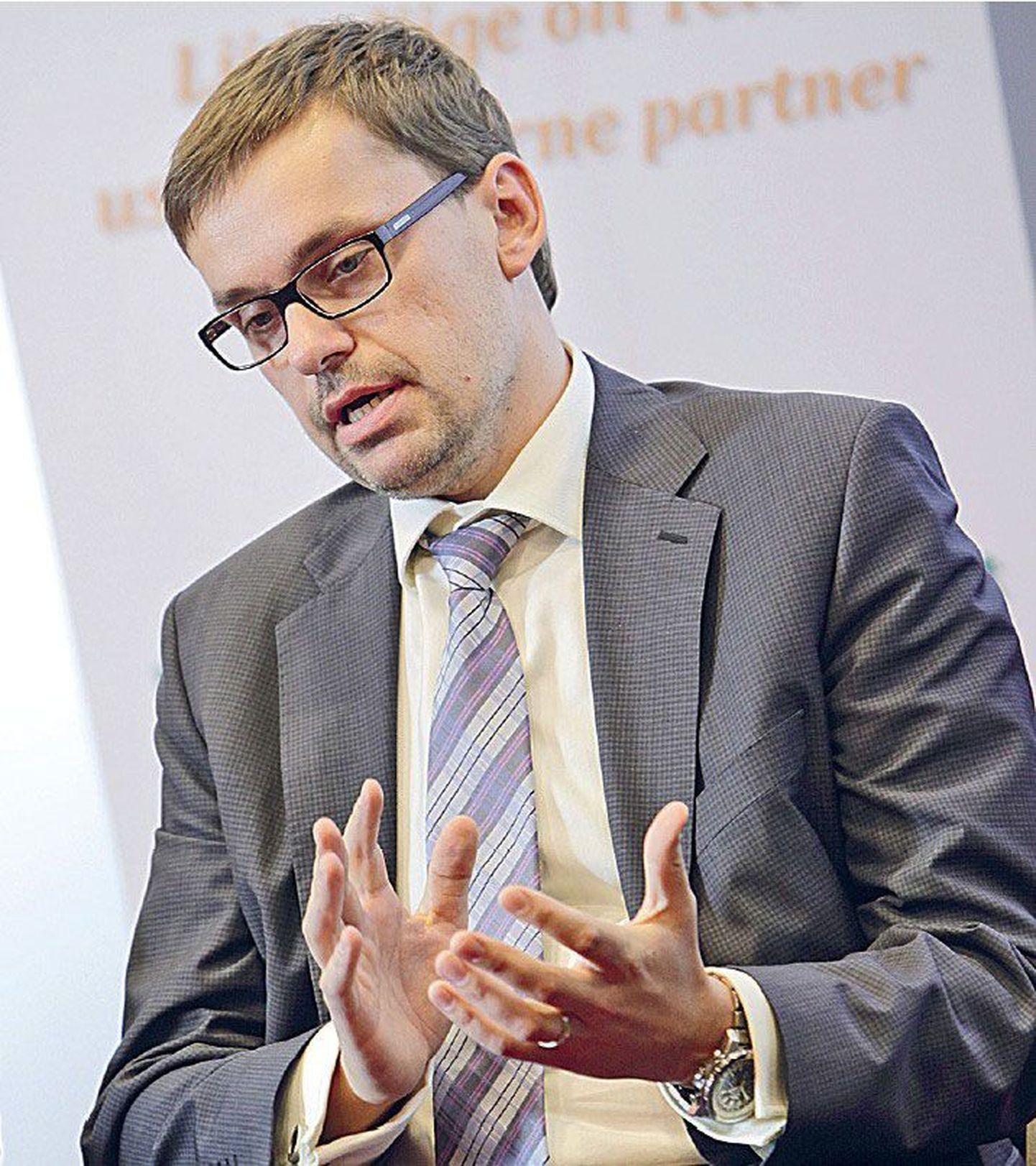
EfTEN real estate fund CEO Viljar Arakas, you’ve invested €56m into Estonian commercial real estate, this year – more than ever before. Displaying great faith in Estonia’s economic future?

EfTEN real estate fund CEO Viljar Arakas, you’ve invested €56m into Estonian commercial real estate, this year – more than ever before. Displaying great faith in Estonia’s economic future?
That would be a claim too bold, perhaps... Even so, there’s some truth to it, for sure. The reason we have invested in commercial real estate is the generous yields – averaging 8.5 per cent a year, while financing is record cheap due to super low Euribor.
This being a kind of market anomaly, financing interest rates and real estate yield rates differing that much. Lots of commercial real estate offers have entered the market, while there are too few equity capital offers i.e. institutional investors. Many real estate owners waited for market to recover, during crisis, and did not sell.
Now, fast price rise can no longer be expected – hence the many new offers. At the same time, there is little equity capital on offer for large investments.
Even so, while buying, you have started to pass over opportunities...
Single investments have become too numerous. Trying to explain: it is always better to own one €150m building than 150 ones, €1m apiece. At the moment, we are planning the sales of a couple of buildings. Not in a hurry, though.
Will the principle of «owning fewer but more expensive objects» not increase risks?
With diversified investments portfolio risks would be lower, sure. Therefore, we have set a ceiling: a building may not make over 30 per cent of total investments.
What would be the price level making an object too small for you?
We don’t have a stiff rule here; we view every object case by case. What we can talk about is advisable level: we would rather sell objects under €5m, desiring to purchase commercial objects over €10m.
Then again, there are all kinds of private investors whose interests we represent; some are interested in the €1m to €5m range. This year, we have done three deals like that, in addition to EfTEN real estate fund investments.
What is your preference: objects in development or those that are ready?
With developments come certain risks... On the other hand, broadly speaking, developments make for yields 2-3 per cent bigger that when you buy a finished building. Even so, we have set a ceiling: we may not exceed 25 per cent in developments.
An excellent example would be the Mustika Centre, in Tallinn, which is being developed and will be completed by beginning of November.
Where do the main investors come from? In which countries do they show active interest towards Estonian commercial real estate?
Investors with Scandinavian background are still licking their wounds, having lost money on investments made in 2005-2007. These are more active on their home [real estate] markets which have not yet backfired. I am emphasising the word yet.
They are wary of foreign investments. Also, there are signs of trouble in Finnish and Swedish economies. At the same time, Russian capital is seeking ways to get out of the country; therefore, Russians also buy in Baltic States, especially Latvia.
They are drawn to EU’s legal security, inviolability of assets.
Talking about the Estonian economy – to which degree is success of your investments portfolio dependent on how it goes with local retailing?
Retail business success definitely plays a role. But it is linked with the location of the shopping malls, case by case. While location is definitely a factor with office buildings, with shopping centres it is critical. Every mall has its own story; even in an overall downward trend, some may swim against the stream.